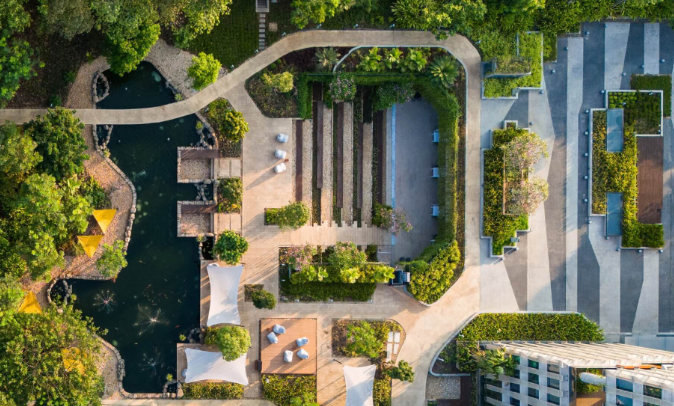Designing landscape architecture is a vital aspect of our built environment that blends nature with functionality. As urban areas expand, thoughtful landscape design becomes crucial to enhancing aesthetics, promoting sustainability, and improving community well-being. This article explores key elements of landscape architecture and offers practical insights for those interested in this vibrant field.
Understanding the Basics of Landscape Design
Landscape architecture involves the planning, design, and management of outdoor spaces to create functional and beautiful environments. A fundamental element of this discipline is understanding the balance between natural landscapes and built structures. Incorporating native plants, water features, and walking paths into designs not only enhances beauty but also supports biodiversity. Moreover, effective landscape design considers seasonal changes, ensuring that spaces remain vibrant and usable throughout the year.
Sustainability in Landscape Architecture
Sustainable practices are increasingly important in landscape architecture. Designers focus on creating landscapes that minimize environmental impact, promote wildlife habitats, and utilize resources efficiently. Strategies such as rain gardens, permeable pavements, and xeriscaping reduce water usage and improve stormwater management. By integrating sustainable materials and promoting ecological health, landscape architects foster environments that are both beautiful and responsible, encouraging communities to embrace greener practices.
Community Engagement and Landscape Design
Engaging the community in the landscape design process is essential for creating spaces that truly resonate with their users. Involving local residents in planning can lead to more meaningful designs that reflect the community’s identity and needs. Workshops, surveys, and collaborative design sessions allow for a diverse range of perspectives and ideas. This participatory approach not only enhances user satisfaction but also fosters a sense of ownership and pride in shared spaces, creating vibrant places where people want to gather and connect.
Conclusion
Landscape architecture is not just about creating beautiful outdoor spaces; it’s about harmonizing nature with human needs. By focusing on sustainable practices and community engagement, designers can craft landscapes that enrich our lives while honoring the environment. If you’re interested in exploring this fascinating field further, consider taking a class, visiting local projects, or even reshaping your own garden. Embrace the art and science of landscape architecture—your green thumb may just flourish!

